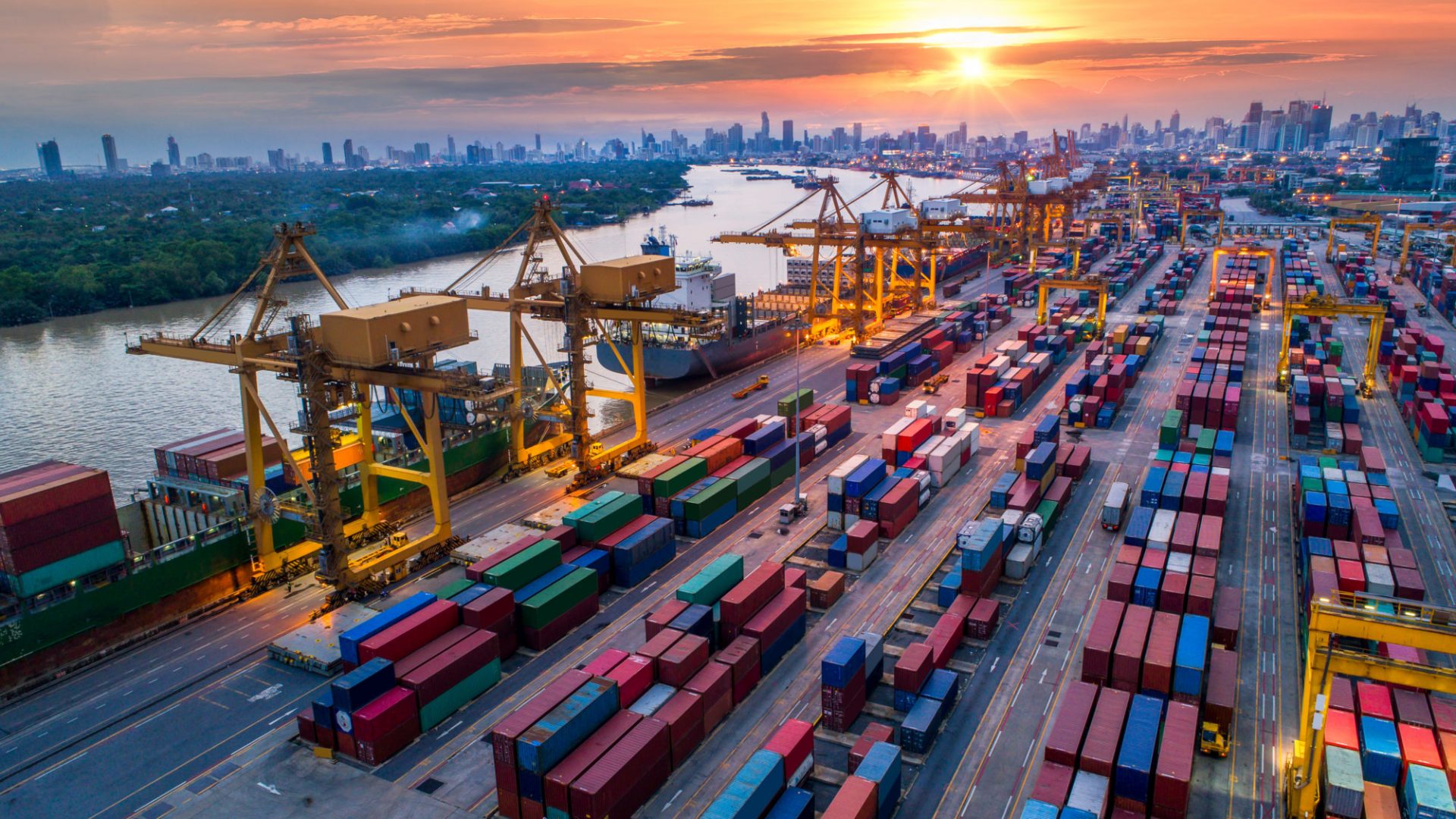
19 May Global container shipping the worst for 50 years
A continuous deterioration in the accuracy of transit and arrival times in global container shipping means the sector is in the worst state it has been in for 50 years, according to Drewry Shipping Consultants. The situation is not expected to start improving until the first half of 2023. Port congestion is up across all regions of the world, with high volumes reported in North America, Asia, Europe and the Middle East.
There has been no improvement globally in the past year and looking forward our review is that you should [not] expect an unwinding and resolving of port congestion… until the first half of 2023.
That scenario depends on a slowdown in demand and a more disciplined deployment of additional ship capacity by the carriers. However, there still remain uncertainties relating to fuel prices, economic recession and the war in Ukraine, amongst others.
Transit times
Focusing in on the current situation in container shipping between China and the US, Damas said the average transit times for loading and unloading between China and both coasts of the US was in a dismal and unpredictable state, with huge variability, something causing headaches for supply chain planners.
An ocean container coming from South China can take anywhere between 20 and 60 days to get to New York. While the average is around 40 days the variability makes planning uncertain and it is guess work at best. The same goes from China to the US west coast, which, even though it is a shorter distance, can be anywhere between 17 days to a a maximum of between 50-60 days.
The safest way to look at the problem is through the extent of the delays at the port of arrival. The comparission of the ETA at the port of destination with actual time of arrival and, according to the latest figures, the most common delay is between two and seven days but there is also a high proportion of delays beyond a week (30%). That comes on top of the potential maximum delay in transit of 50 days. Also pointed to data from E2Open, the B2B supply chain software company, which indicates that lead times for maritime shipping have built up from already high averages over the last 12 months from 64 days to 73 days. The question of longer lead times combined with less predictable transit times meant OEMs had to maintain a lot of inventory in transit and a lot of buffer stock in the destination market, both of which has associated costs.It becomes a supply chain issue and an inventory stock-out risk.The service level in container shipping was “absolutely dismal”.
Shanghai lockdown
The situation has been exacerbated by the lockdown in Shanghai, which has hit both port and inland truck capacity badly. The shortage of truck drivers and the shortage of container stacking areas in the ports combined with lower productivity is having a very serious impact on the port of Shanghai to function as a major export gateway.
In terms of full truckload (FTL) capacity for inland logistics.The data shows that volumes have dropped by 20% for China as a whole but by 80% in Shanghai, which by China’s volume averages is a huge number.
In Shanghai, FTL trucking sector has collapsed since the beginning of April. The Shanghai lockdown is both a supply shock and a demand shock.
It is a demand shock because the manufacturing facilities cannot maintain output because of labour or materials shortages (as Tesla has found out). Even if the lockdowns ended tomorrow it is going to take some time to unblock the bottlenecks.

